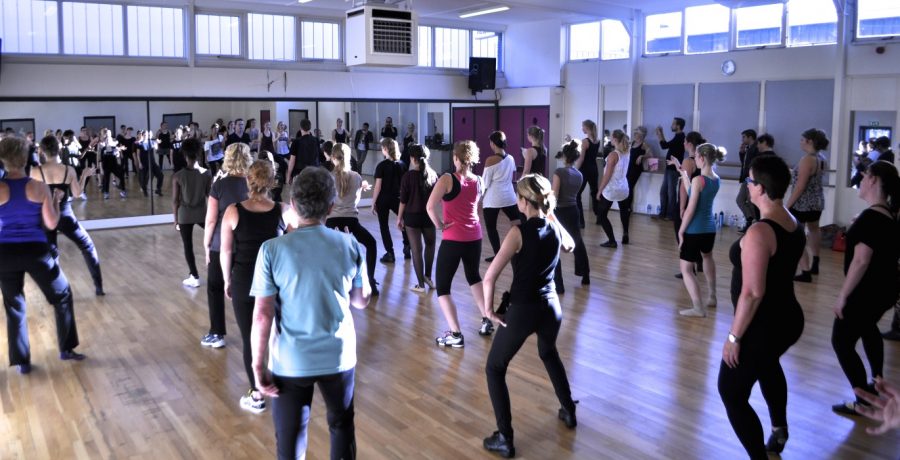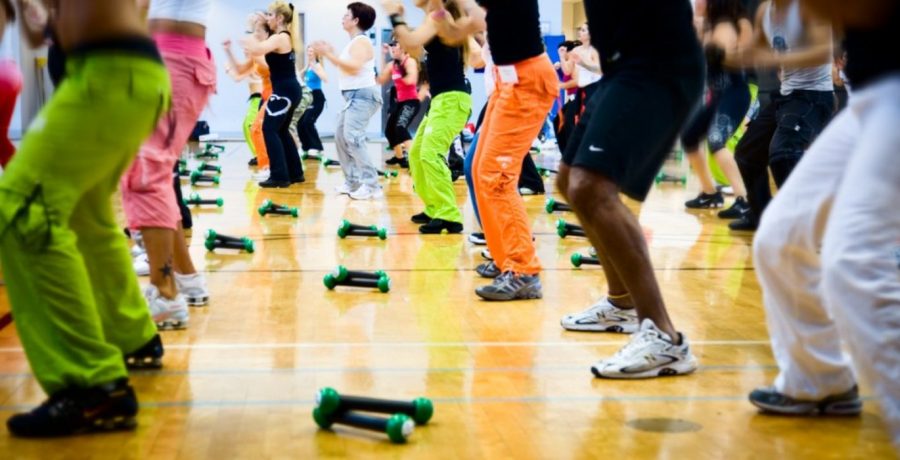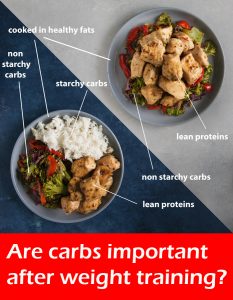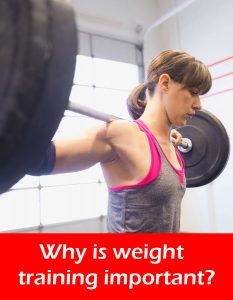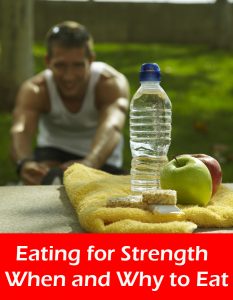What is Aerobic Exercise?
Picture yourself working out. Are you lifting heavy weights? Stretching your muscles? Or maybe you’re performing an activity that causes you to sweat and breathe hard that makes your blood pump through your veins as it carries oxygen to your muscles to keep you going. If you’re performing this last activity, then you’re engaging in aerobic exercise.
Aerobic exercise is any physical activity that makes you sweat, causes you to breathe harder, and gets your heart beating faster than at rest. It strengthens your heart and lungs and trains your cardiovascular system to manage and deliver oxygen more quickly and efficiently throughout your body. Aerobic exercise uses your large muscle groups, is rhythmic in nature, and can be maintained continuously for at least 10 minutes.
Before going into the benefits of aerobic exercise, let’s break down some key terms we just mentioned. Cardiovascular system is made up of your heart and blood vessels e.g., arteries, veins, and capillaries that transports blood throughout the body. Aerobic refers to how your body uses oxygen to sufficiently meet energy demands during exercise.
Benefits of Aerobic Exercise
In addition to strengthening your heart and cardiovascular system, participation in regular aerobic exercise has many health benefits. Aerobic exercise:
- Improves your circulation and helps your body use oxygen better
- Increases energy
- Increases endurance, which means you can workout longer without getting tired
- Helps reduce the risk of developing heart disease
- Helps reduce the risk of developing diabetes
- Helps reduce body fat
- Helps you reach and maintain a healthy weight
- Helps reduce stress, tension, anxiety, and depression
- Improves sleep
Examples of Aerobic Exercise
Physical activity such as walking, jogging, indoor cycling, or aerobic dancing are all examples of aerobic exercise that strengthen the heart and lungs, therefore improving your body’s utilization of oxygen. For general health, aim for a 30-minute workout (or three 10-minute workouts per day) three to five days a week at moderate intensity. Moderate intensity refers to an activity that will increase your breathing and get your heart beating fast. You should be able to talk with ease during moderate intensity workouts, though trying to sing would be more challenging.
For weight loss, gradually work up to 45 minutes or longer at moderate to vigorous intensity five to six days a week, allowing for at least one day of rest a week. Vigorous intensity refers to an activity that will have your heart beating quite a bit more than moderate intensity workouts, and your breathing will be harder so saying more than a few words will be difficult.
 Walking
Walking
Let’s look at some of the ways a walking habit can improve your health:
- Better cardiovascular fitness
- Stronger leg muscles
- Lower blood pressure
- Lower risk of heart disease, diabetes, bowel cancer and osteoporosis.
It’s also a safe, low-impact exercise that most people can do — and it’s especially good if you’re overweight, unused to physical activity or pregnant.
Walking for 30 minutes a day at moderate intensity is great. Walking for a longer period of time is better still. As you get fitter, you will be able to walk more briskly. Walking up and down hills will also help to boost stamina and leg strength. You’ll get even more benefits from a walk if you swing your arms as this helps you walk faster and can burn 5 to 10 percent more kilojoules.
Things to consider
If weight loss is your goal, the National Heart Foundation of Australia recommends you walk at a moderate intensity for 45 minutes to an hour on most days of the week to lose weight and keep it off.
 Running
Running
Like walking, running is an inexpensive exercise you can do anywhere at a time that suits you. It is beneficial in helping to improve heart and bone health. Its advantage over walking is that it improves heart fitness and burns kilojoules at a greater rate. It takes roughly an hour for a walker to burn the same number of kilojoules that a runner burns in 30 minutes.
Jogging is running at a slower pace which is still a great aerobic exercise. Like walking, running or jogging can be a social activity you can do with a friend or in a group. Many areas have running clubs which welcome runners of all skill levels.
Things to consider
Running is a high-impact exercise so the injury risk is higher than with walking. Common problems include injuries to the knee, shin splints and ankle sprains. If you can, you should aim to run on dirt tracks or grass rather than on the road as this puts less stress on the feet and knees. Runners and joggers need well-fitted running shoes designed to cushion the impact of running. If you’re not normally active, it’s important to start with regular walking first before gradually building up to jogging or running, and speak to your doctor before starting any new exercise program.
 Swimming
Swimming
If it’s too hot to walk or run, swimming can be a cool way to get fit. It’s a low-cost workout for the whole body especially the muscles of the back, shoulder and arms and improves flexibility as well. It’s a good way to exercise if you’re overweight, pregnant or have joint problems as the water helps support your weight and can reduce the pressure on your joints. The risk of injury to muscles, ligaments or joints is also low.
Things to consider
It’s less effective for weight loss compared to walking or running. And because it’s not a weight-bearing exercise, it doesn’t reduce the risk of bone loss. If you’re swimming outdoors, remember to use sunscreen and reapply at regular intervals.
 Aquarobics
Aquarobics
These exercise sessions are done in a swimming pool and are available at some fitness centres or through local community health services. Aquarobics is a low-impact way to improve heart fitness and muscle strength without stressing the joints. It’s particularly suitable for anyone who’s pregnant, has joint problems and is overweight or unused to exercise.
Things to consider
Like swimming, aquarobics is less effective for weight loss and doesn’t improve bone strength.
 Cycling
Cycling
Cycling does double duty as an aerobic workout as well as being a low-cost, eco-friendly form of transport. It’s good exercise for improving leg strength and toning leg and buttock muscles — but with less stress on joints compared to running or walking. If you’d rather not ride outdoors, exercise bikes at home or in a gym are a good alternative.
Spinning classes available at some fitness centres are another indoor cycling option. These involve simulating different biking activities on a stationary bike — for example, cycling uphill or sprints — and are choreographed to music.
Things to consider
If you ride outdoors a helmet is essential, as well as reflective clothing if you ride when it’s dark. You need to maintain your bike so that it’s safe to ride and know how to ride safely on the road.
 Rowing
Rowing
Rowing is a low-impact alternative to running or cycling that can improve heart fitness and strengthen the muscles of the upper body, back and abdomen. You can enjoy rowing outdoors by joining a rowing club or hiring a rowboat, or indoors using a rowing machine at the gym or at home.
Things to consider
Whether you’re rowing on water or indoors, it’s important to use the correct technique to avoid injury, especially to the lower back. Other common injuries include knee pain, tendonitis in the wrist and blisters on your hands. If you join a club, you should get advice on technique from the coach; if you use a rowing machine at the gym, ask a qualified instructor. If you row outdoors, you also need to be able to swim and wear a life jacket, know how to row safely — and remember to use sunscreen!
 Boxing
Boxing
This is a good aerobic workout that also boosts upper body strength — and helps you let off steam. Boxing classes are widely available in many gyms. Some classes involve sparring with a partner — you take it in turns to hold a pad or pads while the other person punches them while wearing boxing mitts. Others involve no mitts or pads, just air punching and other moves that simulate boxing training. You can also use a punching bag either at the gym or in your own home.
Things to consider
You need hand-eye coordination to punch a pad or punching bag so it may be trickier than you think — but you’ll soon improve with regular practice. You won’t get a black eye because there’s no combat involved, but there’s a risk of injury to hands and wrists if you’re punching a pad or punching bag. Many gyms provide boxing mitts, however you’ll need to bring your own cotton gloves to wear inside.
 Erobic or ‘cardio’ classes
Erobic or ‘cardio’ classes
Available in city fitness centre, these classes keep you moving to music using a variety of different exercises that raise your heart rate.
Things to consider
Classes can vary in their intensity with some classes more suited to beginners than others — so check first. As with running there’s always the chance of injury to knees or ankles, but a good instructor should ensure you exercise correctly to reduce the risk. You may not need to join a gym full time to take advantage of aerobic classes as many gyms offer casual classes.
 Team sports
Team sports
Fast-paced sports such as soccer, netball or basketball provide an aerobic workout, improve muscle and bone strength — and provide a social activity as well.
Things to consider
There’s a risk of injury especially to knees and ankles. You’ll need to fit training and match commitments into your schedule.
 Dancing
Dancing
Faster styles of dancing such as jazz, hip hop, African and Latin American can provide an aerobic workout and improve flexibility and bone strength as well as being a lot of fun. It’s also an indoor activity you can do in all weather conditions. Dancing classes are available in many community centres, gyms and dance schools.
Things to consider
You may need special shoes, depending on the dance style you choose.

